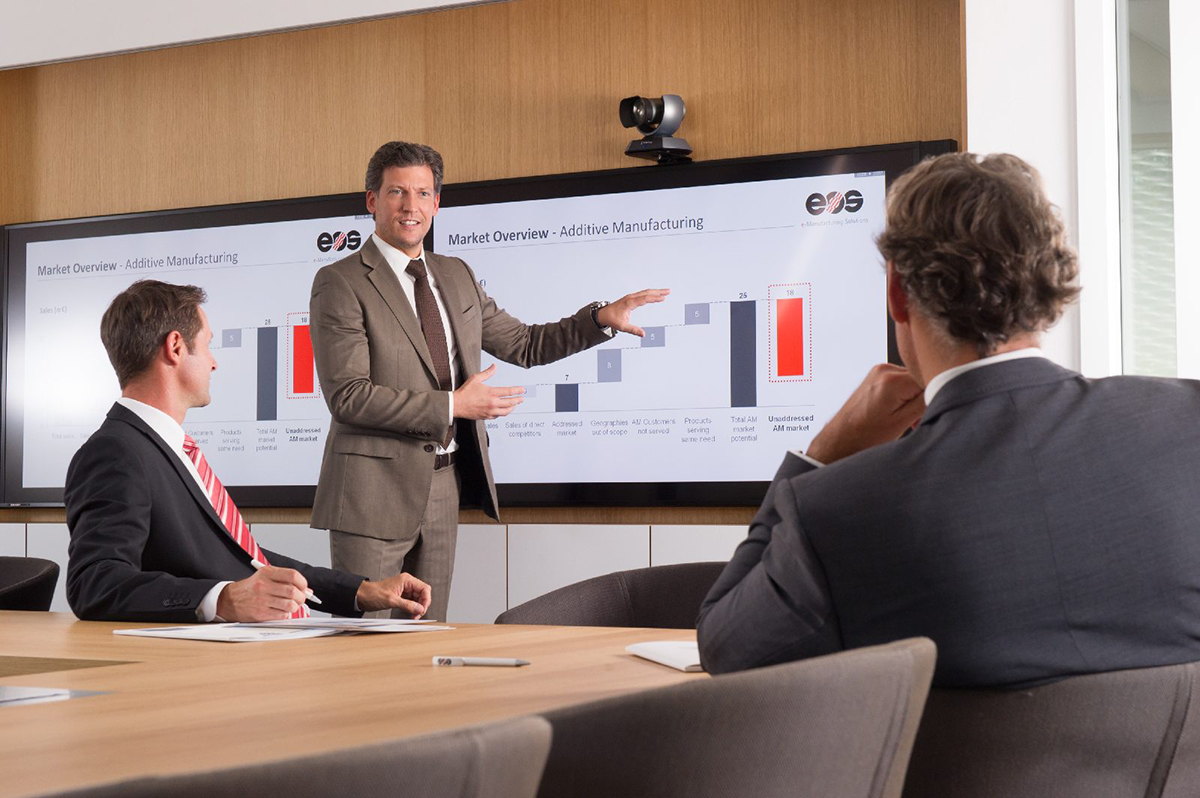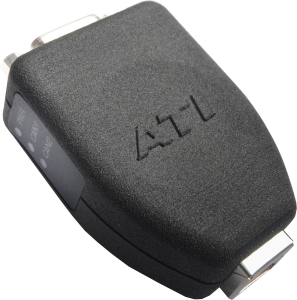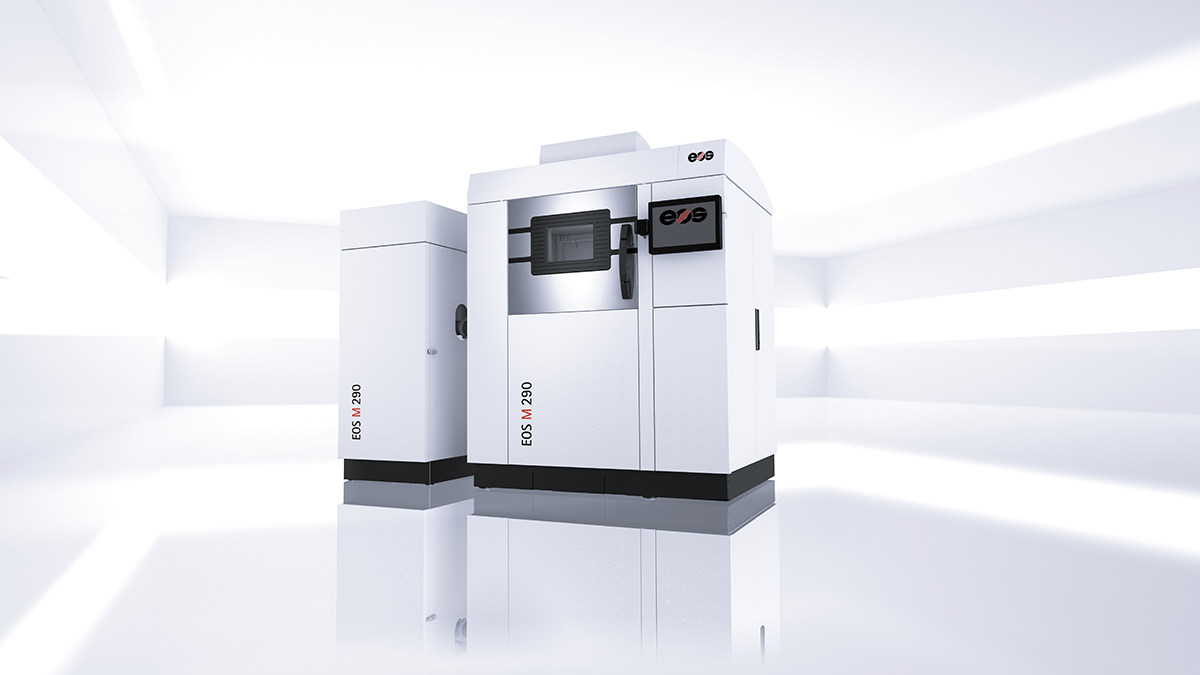Solutions: that is what the largest 3D printer manufacturers are about, and complete solutions in 3D printing are made up mainly of 3D parts: machines, ideas and materials. With that in mind EOS, the German company that has been leading plastic and metal SLS manufacturing (with 36% growth in the latest annual figures and 1,500 systems installed worldwide) is presenting a range of innovations that improve upon each one of these three factors, starting from the new M 290 and M 400 direct metals laser sintering systems and continuing on with customer focused consulting services and a new PA 1101 “mass colored” black material.
The idea for EOS is to streamline and make the creative and manufacturing workflow more accessible, starting with the new Additive Manufacturing (AM) Consulting Services. “Following intensive analysis of the current market conditions, EOS has identified a central dilemma which leads to many customers still not fully exploiting the full potential of Additive Manufacturing in their value creation chains,” said Güngör Kara, Head of Global Application at EOS. “From now on and within the context of Additive Manufacturing (AM) Consulting Services, EOS supports customers with an experienced team of application specialists to identify and tap these potentials even earlier, faster and better, thus achieving a clear competitive advantage.”

EOS’s goal, as that of many other companies working in the AM sector, is to help companies plan and design specifically to fully exploit the advantages offered by 3D printing technology and specifically the M290 and M 400 systems. The new M 290, announced last May to replace the successful M 280, offers a 250 mm x 250 mm x 325 mm build volume for flexible and economic manufacturing of metal components and is now available for purchase.
Through its EOSTATE monitoring functions, the new ECOSYSTEM machine software and EOSPPRINT desktop software, the M 290 has been designed to be more reliable and more accessible than its predecessor. The system is equipped with a 400 Watt laser for high radiation quality and performance stability (along with extensive added monitoring functions) and can be operated under an inert (nitrogen) atmosphere or under argon, which permits processing of a great breadth of materials. These include light alloys, stainless and tool-grade steels, and superalloys. The EOS parameter sets ensure that parts can be manufactured with standardized property profiles, resulting in a broad spectrum of applications.

On the plastic laser sintering front, the biggest innovation for those implementing EOS “P” series systems in mass manufacturing is the introduction of the new mass-colored black PA 1102, an evolution of the PA 1101 nylon material. Made from renewable resources, it is a Polyamide 11 material for the manufacturing of deep black, highly resilient parts, with the same high flexibility and bindability as its predecessor is known for. Due to its colour, the parts made with this material are resistant to dirt or discoloration, even under most extreme conditions, making it ideal for functional prototype parts, that need to undergo heavy stresses, or even final use items. Something which, in the end, the EOS systems are proving quite adaptable for.


Leave A Comment